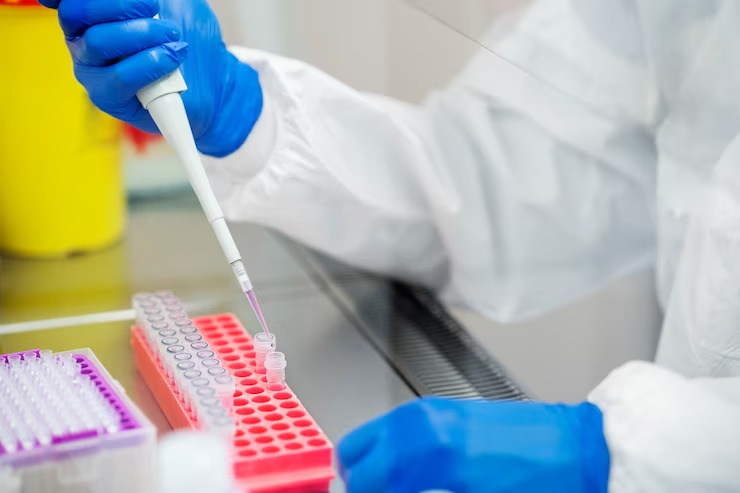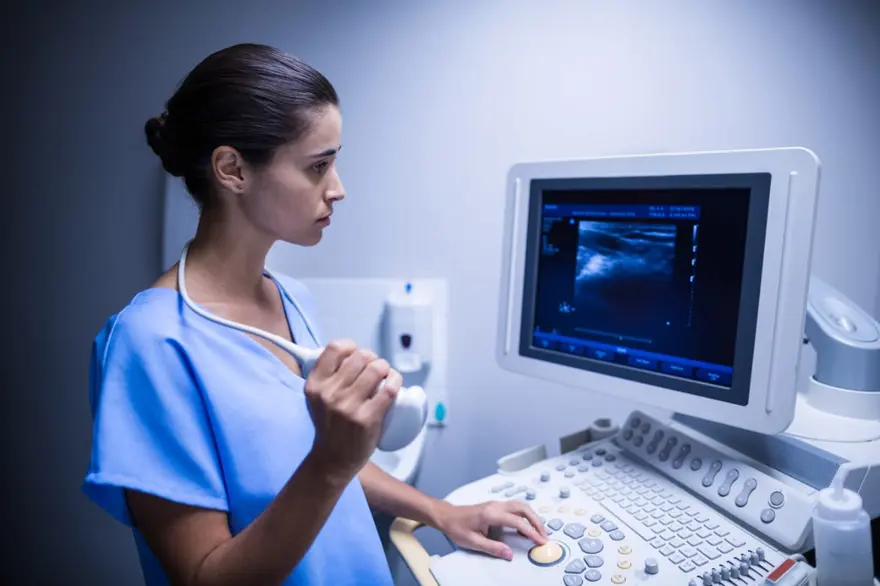Preventive Healthcare
Malaria and Its Laboratory Tests: Diagnosis, Everything You Need to Know
1243 Views
0

Malaria is a deadly disease that has been plaguing the world for centuries. With its mosquito-borne transmission and debilitating symptoms, it's no wonder that malaria remains one of the most significant public health issues globally. However, early detection and accurate laboratory diagnosis of malaria are essential to provide timely treatment and prevent severe complications. In this blog post, we will delve into the laboratory diagnosis of malaria - exploring various techniques used for detecting this infectious disease accurately. So buckle up as we take you on an informative journey about the various options for laboratory diagnosis of malaria!
Symptoms of Malaria
Malaria is caused by a parasite that is transmitted to people through the bites of infected mosquitoes. The parasite then enters the bloodstream and travels to the liver, where it matures and multiplies. After several days, the parasites begin to infect red blood cells, causing them to rupture and release toxins into the bloodstream. This can cause a range of symptoms including:
- Fever
- Chills
- Sweating
- Headache
- Nausea and vomiting
- Muscle pain
- Fatigue
- Anaemia
- Convulsions or coma in severe cases
Treatment and Prevention of Malaria
Once the infection has been confirmed by the laboratory diagnosis for malaria, your doctor will begin with the treatment.
The mainstay of treatment for malaria is antimalarial medication. There are a variety of antimalarial drugs available and the most appropriate drug depends on the particular species of the parasite causing the infection, as well as the age and health of the patient.
The best way to prevent malaria is to avoid being bitten by mosquitoes that carry the parasites. This can be done by:
- Using mosquito nets and repellents, wearing long-sleeved clothing and staying in well-screened or air-conditioned rooms.
- Insecticide-treated bed nets are particularly effective at preventing the transmission of malaria among young children and pregnant women, who are at the highest risk for severe disease.
- Antimalarial drugs can also be used for both the prevention and treatment of malaria infections. When taken as prescribed, these drugs can be highly effective in preventing or treating malaria infections.
Laboratory Tests for Diagnosis of Malaria
These are some of the ways of diagnosing malaria:
- Malaria Parasite Detection by Direct Smear Examination by Microscopy - Blood
Many different methods of laboratory diagnosis for malaria can be used to detect and confirm the disease but the most common and reliable test is the microscopy test. This involves looking at a sample of the patient's blood under a microscope to look for the presence of malaria parasites. The microscopy test is the most common and reliable test for malaria. This test is simple, quick and easy.
- Malaria Detection by QBC - Blood
The Quantitative Buffy Coat Technique (QBC) is a type of laboratory diagnosis for malaria. This microscopy test involves taking a drop of the patient's blood and placing it on a slide which is then stained with a special dye. The parasites can then be seen under the microscope and their numbers can be counted to give an estimate of the number of parasites present in the patient's blood. The QBC technique is more accurate than microscopy alone as it allows for a quantitative measure of the parasite count. This is one of the most reliable laboratory diagnoses for malaria.
- Serological Tests
Serological tests are used to detect antibodies in the patient's blood which are produced in response to the malaria parasites. This laboratory diagnosis for malaria through the Indirect Fluorescent Antibody (IFA) test can be used to identify if the patient has been infected with it, even if they no longer have active parasites in their blood.
Other laboratory diagnoses for malaria include rapid diagnostic tests, which can give a result within minutes and molecular tests, which can identify specific species of malaria parasite present in a patient's blood. Malaria can also be diagnosed by testing for specific antigens in the blood or by growing a culture of the parasites from a sample of the patient's blood.
Differential Diagnosis of Malaria
Differential diagnosis of malaria can be difficult, as the disease can present with a wide range of symptoms that may be similar to other illnesses. To make a definitive diagnosis of malaria, it is important to rule out other potential causes of your symptoms.
A full blood count may be performed, as part of the laboratory diagnosis for malaria, to check for anaemia, which is common in malaria. A thick and thin blood smear may also be done to visualize the parasites under a microscope. Molecular tests such as polymerase chain reaction (PCR) or rapid diagnostic tests (RDTs) can also be used to confirm the presence of malaria parasites in the blood.
Conclusion
In summary, laboratory diagnosis of malaria is a crucial part of the process for accurately diagnosing and treating this infectious disease. By combining microscopic examination of blood smears with rapid diagnostic tests and molecular testing, healthcare providers can quickly identify which species or strain is causing the infection in a patient. This helps ensure that patients receive appropriate treatment as soon as possible to manage their symptoms and reduce their risk for complications.
Be it a smear examination or malarial antigen test, you can rely on us at Metropolis Labs. Visit your nearest Metropolis Labs or book a home visit today!
 Home Visit
Home Visit Upload
Upload














1701259759.webp)









 WhatsApp
WhatsApp